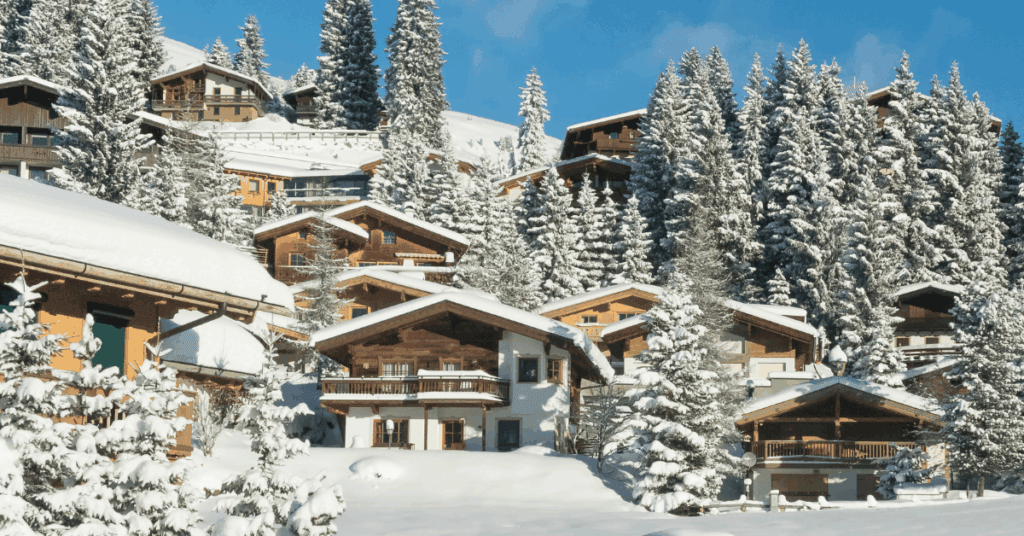Get Expert Investment Financing
- Matched with investor-friendly lenders
- Fast pre-approvals-no W2s required
- Financing options fro rentals, BRRRR, STRs
- Scale your portfolio with confidence
Investing in real estate at higher altitudes—whether in mountain towns, ski resorts, or remote elevated locales—can present unique opportunities and challenges. Debt Service Coverage Ratio (DSCR) loans are a popular financing tool for investors, but how do they perform in high-elevation markets?
This guide dives into the essentials of DSCR loans for properties located in higher altitudes, examining risks, rewards, and strategies for investors looking to elevate their portfolio—literally and financially.
A DSCR loan is a type of non-QM (non-qualified mortgage) financing option that focuses on a property’s income potential rather than the borrower’s personal income. Lenders assess the Debt Service Coverage Ratio, calculated as:
DSCR = Net Operating Income / Debt Obligations
If the DSCR is 1.25, for example, that means the property generates 25% more income than what’s needed to cover the loan payments. These loans are widely used by real estate investors for rental properties, especially when scaling a portfolio or when traditional income documentation is limited.
High-elevation properties—those located 4,000 feet above sea level or higher—come with their own set of characteristics that may influence a lender’s appetite and the investor’s strategy:
When applying for a DSCR loan on a high-altitude property, consider the following:
Some lenders avoid mountain markets entirely, while others specialize in them. Look for DSCR lenders that understand short-term rental income and mountain tourism dynamics.
If the property is a vacation rental, confirm your lender accepts Airbnb or VRBO income as qualifying revenue. You’ll likely need:
Lenders may require more cash reserves to offset the property’s perceived risk. It’s common to see 6–12 months of PITIA (Principal, Interest, Taxes, Insurance, and Association Dues) as a requirement.
Investors targeting locations like Aspen, Breckenridge, or Telluride may benefit from strong rental demand and high nightly rates. However, variable occupancy rates and infrastructure limitations (like snow access or road closures) must be factored into DSCR calculations.
Yes, but lender flexibility and risk tolerance vary. Some may view mountain markets as volatile due to seasonality or natural risks.
Absolutely—many DSCR lenders accept STR income, but they may require robust documentation such as Airbnb payout summaries or a lease history.
They can be. Some lenders impose rate adjustments for properties in higher-risk or remote zip codes, including mountainous areas.
Our advise is based on experience in the mortgage industry and we are dedicated to helping you achieve your goal of owning a home. We may receive compensation from partner banks when you view mortgage rates listed on our website.


